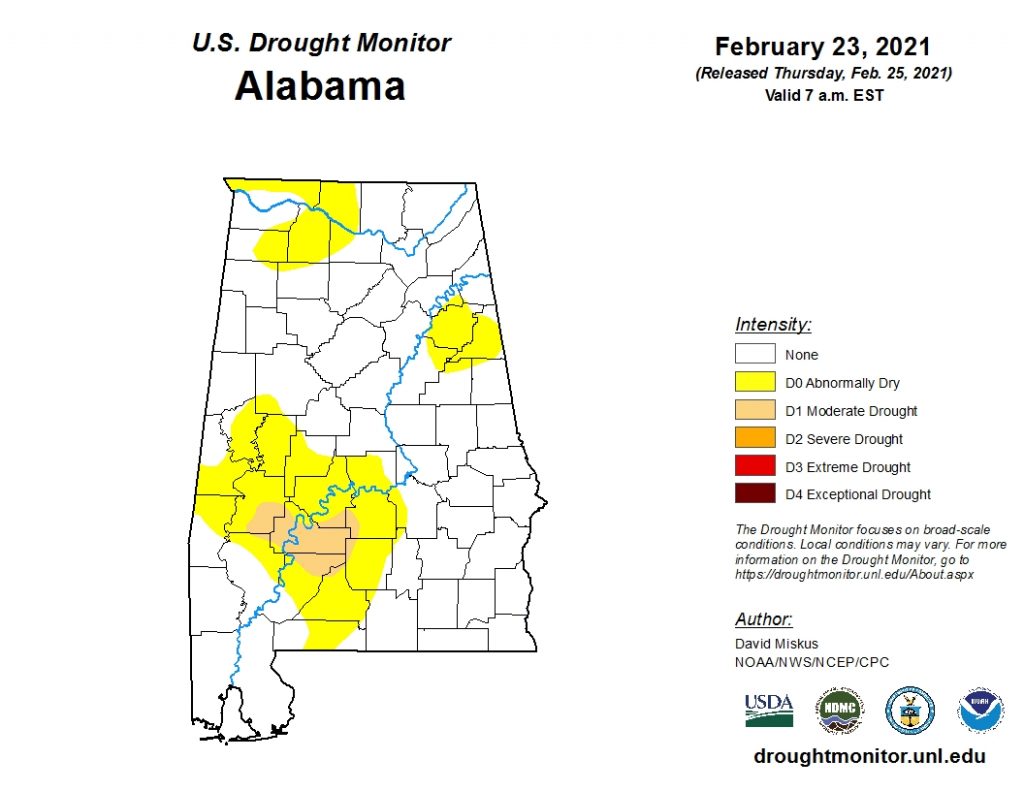
Planting season nears for Alabama vegetable producers. Once again, weather will play a key role as farmers prepare to plant this spring’s crops.
Joe Kemble, Alabama Extension vegetable specialist, implores producers to wait until soil temperatures increase above a certain level and stay that way for several days straight. That will be a better environment for seed to germinate and transplants to grow.
“We like to plant by the calendar but unfortunately that just doesn’t work out really well sometimes. So, the best way to do that is to measure your soil temperature. For small and large growers, you want your soil temperature to be above 60, 65 degrees Fahrenheit for several days in a row,” Kemble said. “That’s actually a better indicator of when it’s time to put in your squash planting or your tomatoes. Anything below that, it can hamper seed germination and stand establishment. It can also knock back some of the warm season crops that go in as transplants.”
Excessive Moisture
Some growers may not have much choice than to wait for soil temperatures to warm. Parts of the state have experienced excessive rainfall this month. Some growers are still waiting for fields to dry out.
“Between Alabama and South Georgia, we’ve gotten a lot of rain over the last couple of weeks. That’s hampering a lot of growers getting in the field and getting things prepared,” Kemble said.
Moderate Drought
But then there is a portion of southwest Alabama that could use some rainfall. According to the US Drought Monitor, Dallas County, Lowndes County, Marengo County, Monroe County, Wilcox County are classified in a moderate drought why surrounding counties are abnormally dry.
“They’re definitely drier than the rest of Alabama. Most of Alabama got a lot of rain over the last couple of weeks. A little dry is okay,” Kemble said. “You still need a little bit of moisture though to plow effectively. If it’s too dry, you end up plowing and you create soil clots. You can sort of create a real mess for yourself.”









